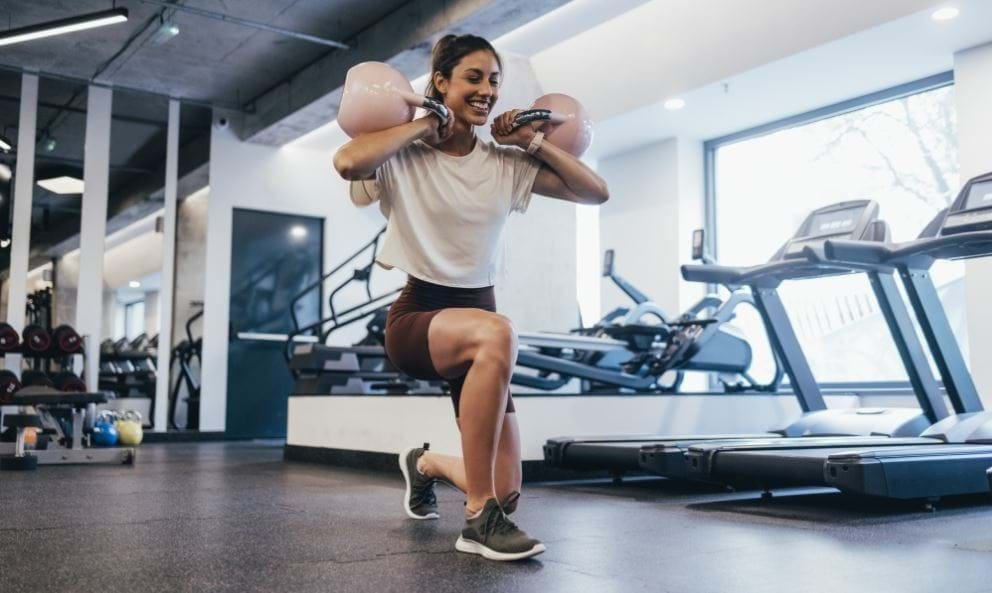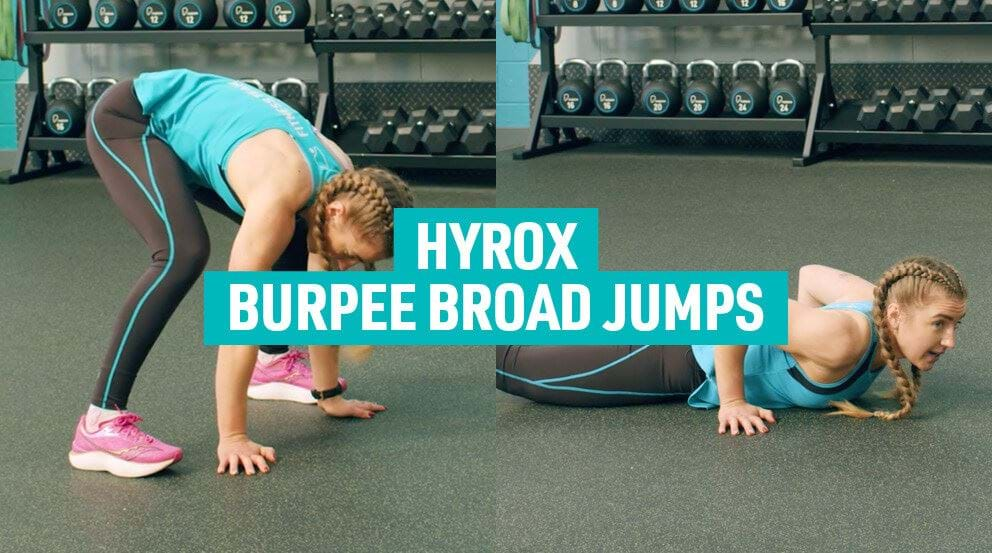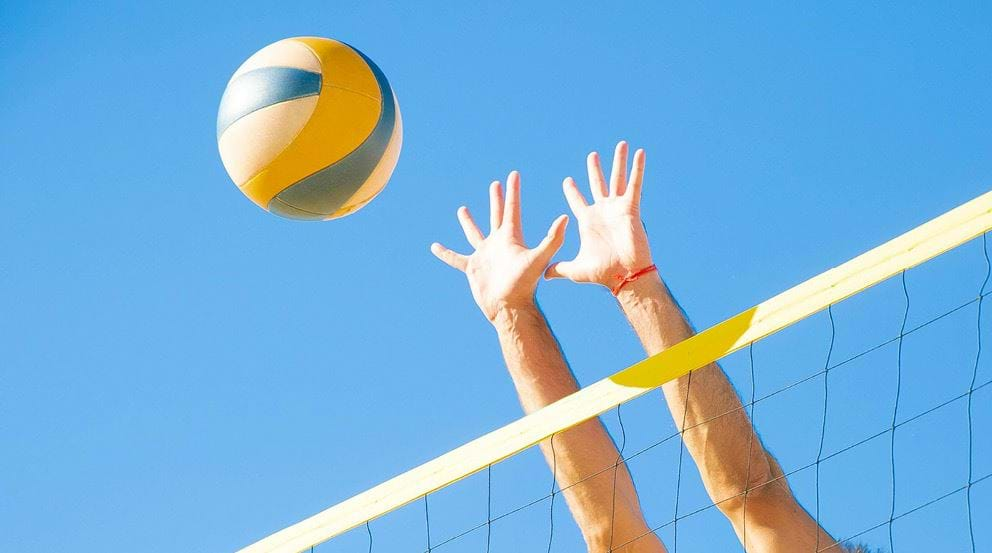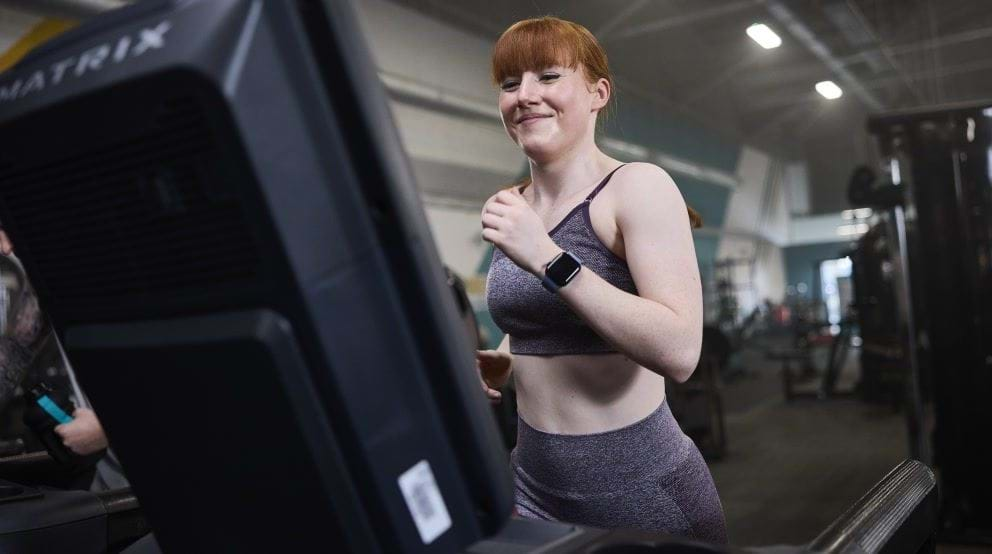Energy-Boosting Exercises for the Gym or Home

If you're looking for a workout that will leave you revitalised and full of energy, look no further. We've asked Leeds Bramley Personal Trainer, Jamie Thorp, for his best energy-boosting exercises to help fire us up on those sluggish days. And he delivered! This full body workout uses weight plates but these can be switched out for dumbbells (or any kind of weight you have to hand), and will help to increase your energy levels, helping you feel ready to tackle the day.
How will this workout boost energy levels?
Around 20% of adults worldwide struggle with feeling constantly fatigued, but studies[1] show that physical activity can boost energy and help fight tiredness. Jamie's full body workout uses all the major muscles so will pump blood and oxygen around the body, helping you feel more awake. And you'll produce endorphins which improve mood and can help you to feel more energetic as a result.
In the long term, exercise encourages the body to produce more mitochondria in the muscles. Mitochondria produce glucose and energy, so having more mitochondria means more overall energy.
Struggling to even muster the energy to exercise? Check out our guide on how to boost energy for the gym for some tips.
Quick, energy boosting weighted workout
This speedy workout will help to boost your energy and can easily fit into a busy routine. There are six exercises and one circuit of this workout lasts just 8 minutes, however you can run through the exercises 2-4 times (between 16-32 minutes total) depending on your energy levels and how much time you have.
Do each exercise for 45 seconds, with a 15 second rest. This follows a high intensity interval training (HIIT) format. This means you can pack an effective workout into a shorter amount of time (you can learn more about the benefits of HIIT training here).
Watch the video below for exercise demonstrations, or read on for full descriptions of the exercise. Jamie uses weight plates but this can be swapped out for dumbbells or other weights.
Squat & press
The squat & press is a full body exercise that combines two compound movements, the squat, and the overhead press.
With a weight in each hand, take a shoulder-width stance. Keeping your chest high and back straight, squat your hips down until your thighs are parallel with the floor (or below). Focus on keeping your feet planted firmly on the floor with your weight pressed into your heels. Once you've hit the correct depth, push back up to standing while pressing your arms straight up above your head and letting the weights touch at the top. Keep a straight spine, with your core engaged and your glutes clenched whilst your weights are above your head - this will protect your lower back.
Repeat for 45 seconds before resting for 15.
Learn more ways to vary your squats here.
Bent over row
This exercise works your upper and middle back, which can help to prevent and improve bad posture.
Stand with your feet shoulder-width apart holding a weight in each hand. Keeping your back straight, push your hips back to bend forward until your torso is at a 90 degree angle. Keep your chest and face facing forward. Let your weights hang down so your shoulders, arms, elbow and wrists are all in line. Once in position you should feel a slight stretch in the middle of your back. Keeping your core engaged, pull the weight plates towards your belly button by drawing your elbows back. Slowly ease the weight back down to starting position, all while keeping your back straight.
Repeat for 45 seconds before resting for 15.
Split squat
Split squats look similar to a lunge but involve keeping the feet stationary. They work pretty much all the muscles in the lower body, as well as your core. The trick is to perform each split squat slow and controlled - this will really challenge your balance!
Hold a weight in each hand, or one weight in front of your chest, with your feet shoulder-width apart. Then step one leg backwards - this can be either a small or big step depending on which muscles you wish to work. To work your quads and thighs, take a short step, for the backs of your legs and glutes, aim for a larger one. Once you've stepped one leg back to the correct distance for you, and keeping your upper body tall and your weights by your side, lower your back leg to the floor or as close as you can, feeling the tension in your leg. Once you have the correct tension into your legs, push through your front leg to help bring your back knee back up straight.
Repeat for 45 seconds before resting for 15.
B stance deadlift
This is a unilateral exercise which works the legs and lower back. Single leg training can be significantly beneficial in helping to even out any strength concerns you may have on one side of the body (which is something I encounter regularly with my clients!).
With a weight in each hand, take a shoulder-width stance then step one leg backwards slightly, keeping the weight into your heels of the front leg. Slightly tilt your upper body forward until you feel some tension in the back of your legs - this is your starting position. Now lower the weights to the floor, keeping the tension on the back of your legs. Once you've felt full tension in your legs, return to standing.
Repeat for 45 seconds before resting for 15.
Alternate leg touches
Alternating leg touches are great for building core strength. Doing one leg at a time helps support your lower back more, which in turn can help your abs to work more and keep your hips and back strong and healthy. This is one of my favourite exercises!
Laying flat on your back, hold one or two weights above your head, so they're resting on the floor above you. To keep this easier, you can bend your legs, or keep them straight for a tougher workout. Making sure to keep your core engaged throughout, slowly lift the weight plate upwards, at the same time as raising one leg. When the weight and your leg meet in the air above your torso, squeeze for a couple of seconds at the top before returning both to the floor. Then repeat with the other leg.
Repeat for 45 seconds before resting for 15.
Lateral weighted drags
This is an anti-core exercise, which means the core muscles have to work hard to keep your core stable. Really focus on staying strong and still as possible. For an easier option, you can keep your knees on the ground or adopt a wider stance.
Start in a press up position, with your wrists below your shoulders, your body in a strong, straight line from head to toes and your core engaged. Place your weight (a plate-weight works best here, but this can also be done with a dumbbell) just to the left of your body, around level with your ribcage. Keeping your body as steady as possible and balancing on your left arm, use your right hand to pick up the weight and move it to your right hand side. Place your right hand firmly back in the starting position and repeat with the left hand.
Repeat for 45 seconds before resting for 15.
For more quick exercise routines to give you an energy boost, check out our 10 minute workouts guide. Or if you're feeling really exhausted, ease yourself into the day with some of these beginners stretches. If this has inspired you to head to the gym, then find a PureGym near you and become a member today. You'll have access to expert Personal Trainers like Jamie, as well as a wide range of fitness classes and top quality workout equipment.


